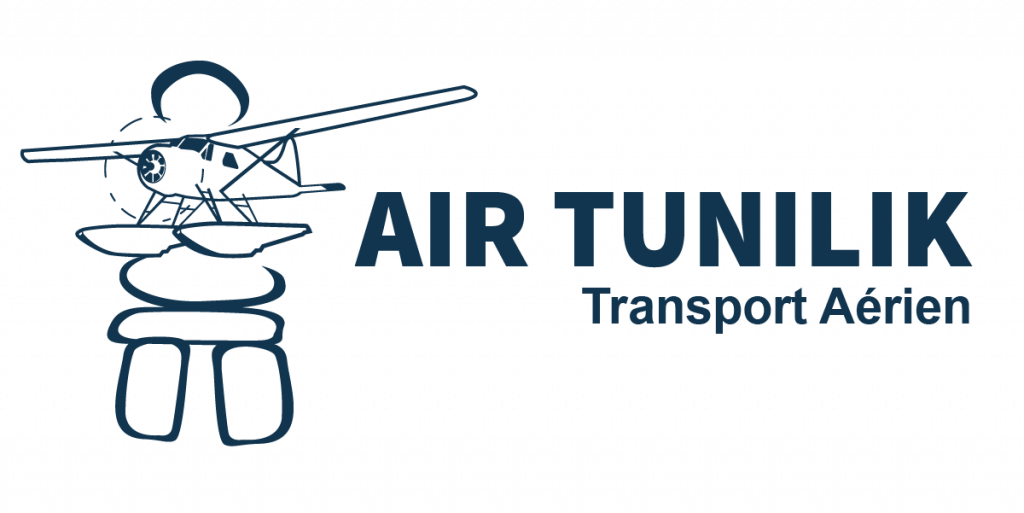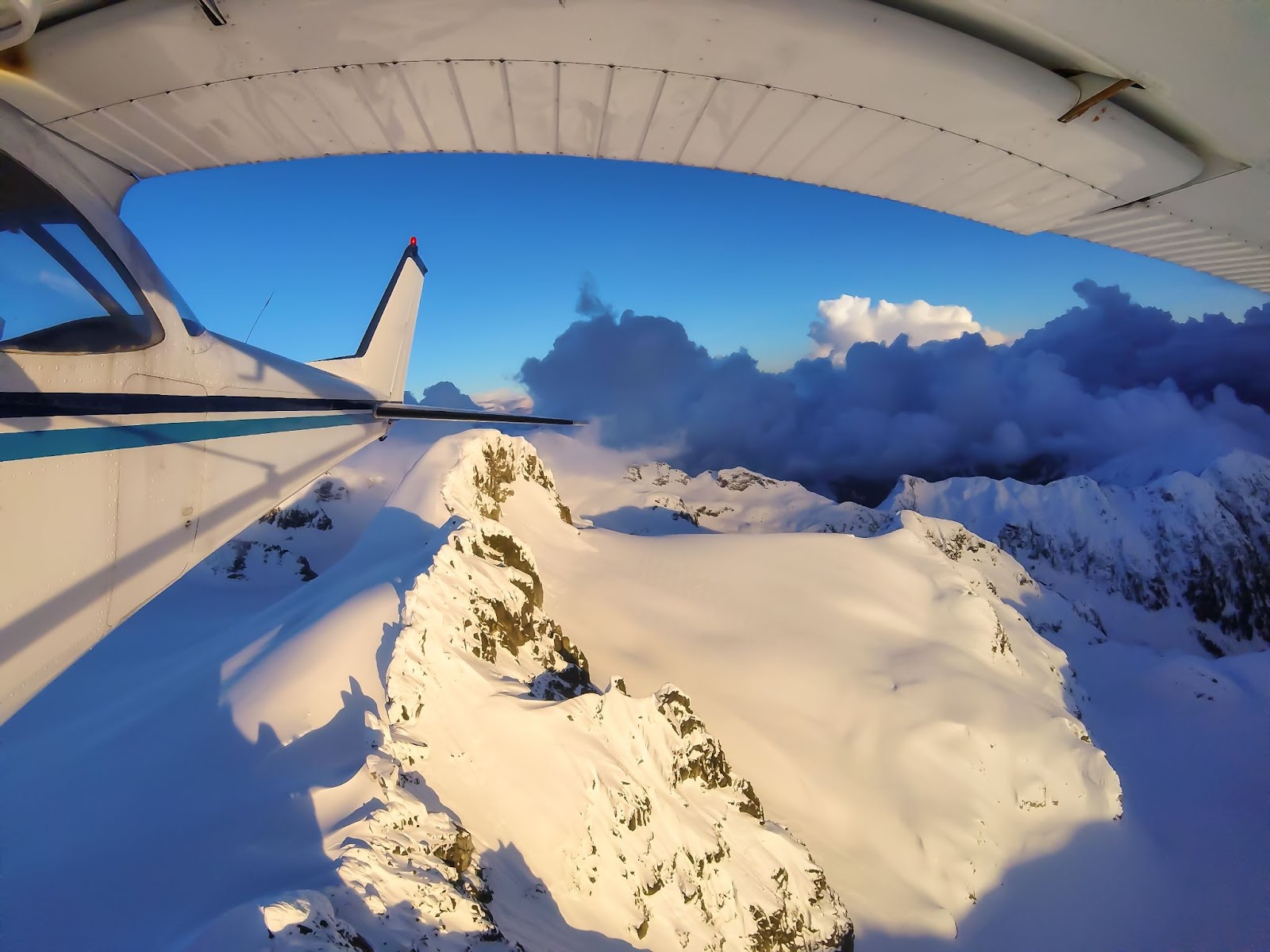Canada is one of the most beautiful countries in the world with plenty to discover. It is rich with wildlife and boasts an abundance of unique landscapes and experiences. Some of the most exquisite Canadian journeys are so far off the beaten track that you can’t walk, drive or even sail there. To get there, you need to travel by seaplane. Sometimes by seaplanes with skis or ski planes.
Ski planes are amazing vehicles. Almost something out of a film, they feel as though they are too good to be true. In reality, seaplanes with or without skis are the ideal mode of transport to get you to the areas of the world that are more difficult to travel to. Their unique abilities often provoke curiosity about how they actually work. To provide you with some insight into the workings of ski planes and how to stop them, we created this informative guide.
How do seaplanes fly on skis?
One of the most important things that needs to be considered regarding seaplanes with skis is whether they are capable of taking off in snow and landing in snow. The short answer is yes. It is the skis that allow them to smoothly take off and land on virtually any surface. It is important for the skis to remain on the surface of the ground, and not to sink in.
Planes often have to take off in snowy conditions. It is therefore important that the pilot is able to keep the skis on the surface of the snow and prevent them from sinking. Failure to do so will create additional friction and obstacles, which will make it more difficult to take off. However, the flat surface of the skis allows for minimal friction to build up, which is ideal for taking off as it allows the plane to gain the speed and traction it needs.
How much does it cost to charter a seaplane?
How do aircraft brake when using skis?
People often ask how skis can be conducive to landing. The lack of friction while taking off suggests that when ski planes or seaplanes stop, it would be more difficult for them to come to a halt within the space of the runway. This is not the case. Several factors ensure that ski planes have an advantage over regular aircraft when it comes to braking. These are:
Longer runways
Something that is unknown to most people is the fact that seaplane and ski plane runways tend to be longer than regular land plane runways. This is to account for the extra time needed to stop when flying with skis. The truth is, you do not actually need brakes to stop a seaplane or ski plane, as its components, from the nose to the tail, are designed to ensure that there is sufficient drag for the aircraft to stop itself.
Unique aerodynamics
Braking is heavily dependent on the aerodynamics of the aircraft. However, due to the nature of seaplane or ski plane flights, the landing site will usually have more space than is required for traditional landing. This means that seaplanes, with or without skis, do not need to conform to the processes that are associated with traditional braking.
Additional wheels
It is also sometimes the case that skis are equipped with additional wheels to help accumulate friction and aid in the landing of the plane, as they can penetrate through the surface of the snow.
Can seaplanes and ski planes take off in snow?
While it may be difficult for regular planes to take off in snow, seaplanes and ski planes are designed to do exactly that, which is why they are often utilized in parts of the world that are frequently covered in snow.
The process of taking off in snow is often referred to as lift off in the aviation industry due to the way in which the transferral of pressure works. The aim of lift off is to transfer the support from the skis or floats to the wings, which is what allows the aircraft to become airborne and start flying.
As with all kinds of airplane take-offs, it is essential to fully analyze the conditions in which you are taking off. With seaplanes that are taking off on snowy terrain or a water body such as a lake, there may be nasty surprises hidden under the surface, which is why you need to fully survey the area first. Once you are sure that it is safe to fly, simply start the engine and utilize your longer runway to give you enough time to shift support to the wings and lift off.
How do seaplanes and ski planes land on snow?
The landing of seaplanes or ski planes on snow is a fairly simple process. Although it is more difficult for a seaplane to land on snow than it is for a regular plane to land on dry land, trained seaplane pilots know exactly what to do.
The main thing that needs to be considered when landing on snow is visibility. Just as with taking off, there can be hidden obstacles underneath the surface. However, it is more difficult to gauge this due to limited visibility. This is why when seaplanes or ski planes land on snow, the pilot often chooses to hover over the snow first, and lightly drag the skis through the snow a few times to check whether there is anything dangerous below the surface.
Seaplane transportation services
Some of the most beautiful areas of Quebec are only reachable by seaplane, which is why Air Tunilik is committed to providing regular seaplane trips to these amazing locations. Whether you want to embark on a bird’s-eye journey, exploring some of the most unique landscapes that Quebec has to offer from above, or want to organize a hunting or fishing trip, we can take care of the logistics for you.
We have a fleet of seaplanes that are ideal for taking you on whatever kind of trip you are looking to enjoy. Our mission is to ensure that as many people as possible can enjoy the beauty that Quebec has to offer, accompanied by a unique seaplane travel experience.






